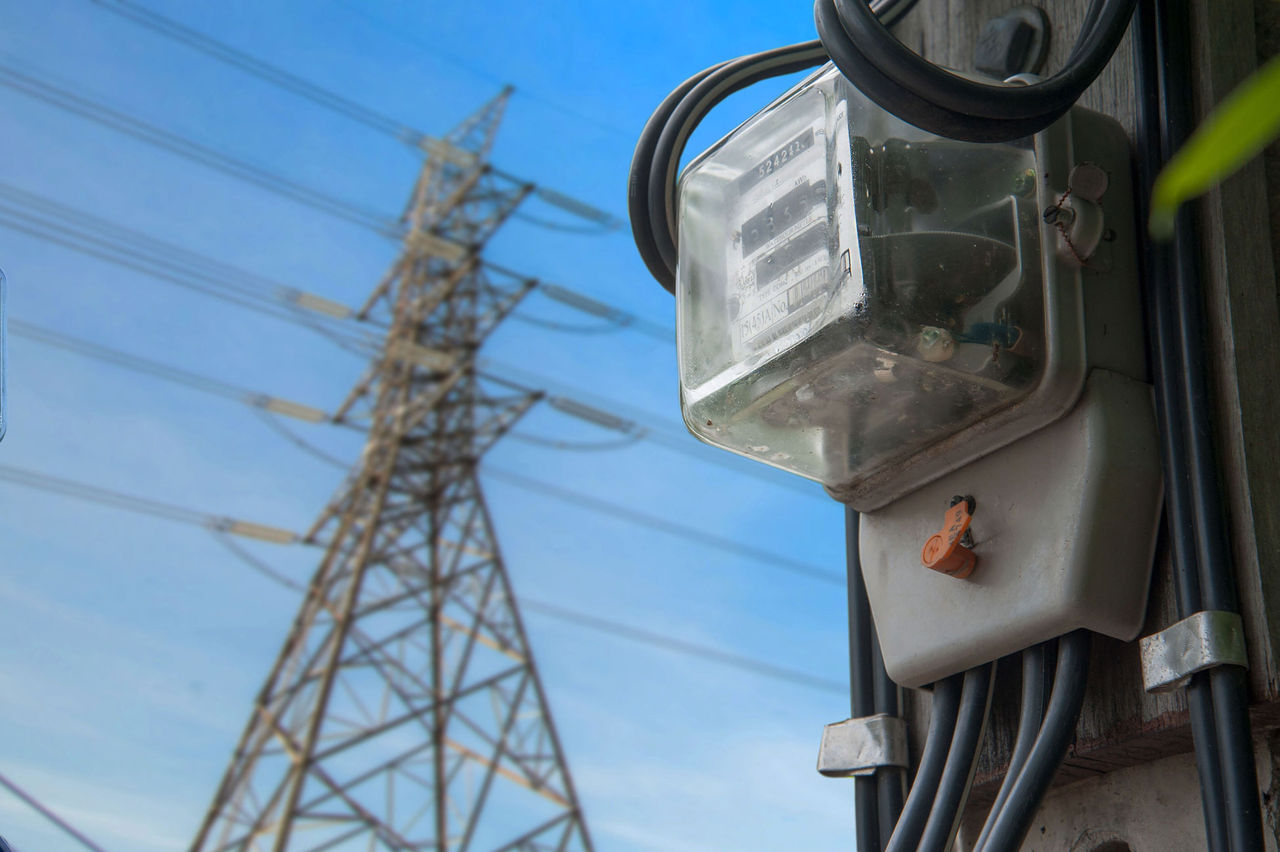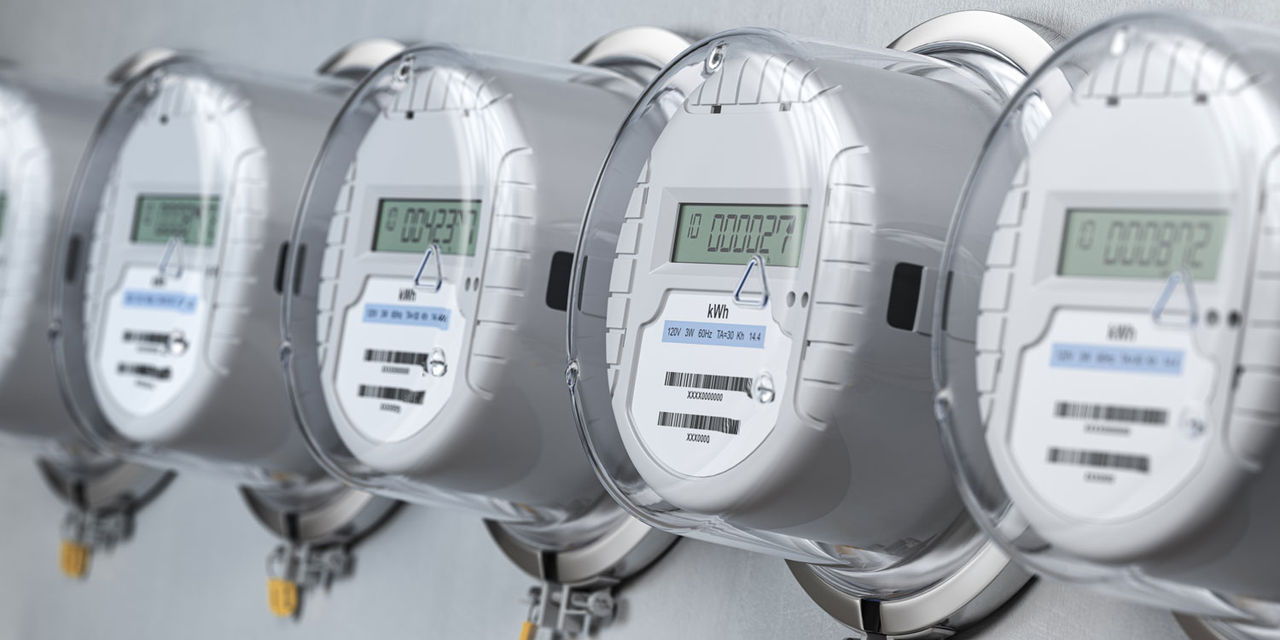In this article
How your electricity bill can save you money
To save money on your energy, all you need is your utility bill and a conversation with your ERIKS Service Centre. That’s how to identify whether your business would benefit from Power Factor Correction – with lower costs, greater power stability, reduced maintenance, and a reduction in CO2 emissions.

The power factor is the ratio of the ‘real power’ (the capacity of electricity for performing work) to the apparent power flowing in the circuit. And if the apparent power is greater than the real power, more current flows in the circuit than you actually need.
A low power factor will draw more current than a high one, but only provide you with the same amount of real, ‘working’ electricity. This means more wasted energy, higher energy costs, and a bigger carbon footprint.
So one of the simplest ways to reduce energy use and waste, and shrink your electricity bill and carbon footprint, is Power Factor Correction – with a Return on Investment expected within three years.
Losing on penalties
If your site’s power factor needs correcting, you’re not only paying for energy you don’t really need. You are also likely to be charged financial penalties by your electricity provider.
Firstly, if your site’s power factor is less than an average of 1.95, a Reactive Power Charge will be added to your bill. Secondly, if your site is making a high kVA demand, you are at risk of exceeding your authorised limits. If you do, you will be charged up to three times more for every kVA unit.
Power Factor Correction will reduce your kVA demand and help to ensure you don’t exceed the limits. And the money saved by avoiding penalties is in addition to the amount saved by simply using less energy more efficiently.

5-star electricity
All power is not the same.
While Power Factor Correction is helping to reduce the amount of current being drawn, it is also improving the stability and quality of that power. This in turn has the effect of reducing maintenance for electrically-powered equipment.
Devices available to reduce KWh have the unwanted side-effect of introducing harmonics. Harmonics then have to be mitigated by fitting filters to individual machines – at an additional cost. As an alternative, by improving power quality, Power Factor Correction eliminates harmonics too.
Where to start saving
Energy bills from many providers contain enough information to identify if there is potential to make savings. Half-hourly energy use data from the metering provider will supply more detail, making it possible toassess what kind of correction is required.
A site visit by ERIKS Experts and our partner suppliers will identify the most effective location for installation of correction equipment, before development of a specification, a calculation of costs, and a prediction of savings.
Decide to go ahead, and a simple retrofitted three-phase system will get Power Factor Correction up-and-running with just a brief power interruption for installation. Co-ordinate this with a planned shutdown (a half-day), and you can start saving on your bills and reducing your carbon footprint immediately, without disruption to production.
So the best places to start looking for energy and emissions savings from Power Factor Correction are your utility bill and your local ERIKS Service Centre.
Case Study
The monthly electricity account of a medium-size industrial manufacturing plant showed the site’s maximum demand load was 0.78 PF. This attracted a Reactive Power Charge of £53.48p.m. / £641.75p.a. (incurred when the average power factor drops below 0.95 lagging). When Power Factor Correction improved the load to 0.98 PF lagging, the charge was eliminated.
At the same time, reducing the agreed supply capacity by 100kVA @ £1.46807/ kVA x 12 months saved a further £1,761.68.
More investigations indicated that the site’s agreed supply capacity was 700kVA, but maximum demand was only 542.4kVA. Improving the Power Factor enabled a reduction in kVA demand to433kVA, saving an additional £1,761.68p.a.
So the total annual saving to the customer through the introduction of Power Factor Correction was:
Eliminated Reactive Power Charge
Reduced agreed supply capacity
Reduced kVA demand
Total saving:
£641.76
£1,761.68
£1,761.68
£4,165.12

For more information, contact your local ERIKS Service Centre, who will be happy to discuss your options.
#Schneider #ERIKS #LetsMakeIndustryWorkBetter #Electricity #EnergyWaste

